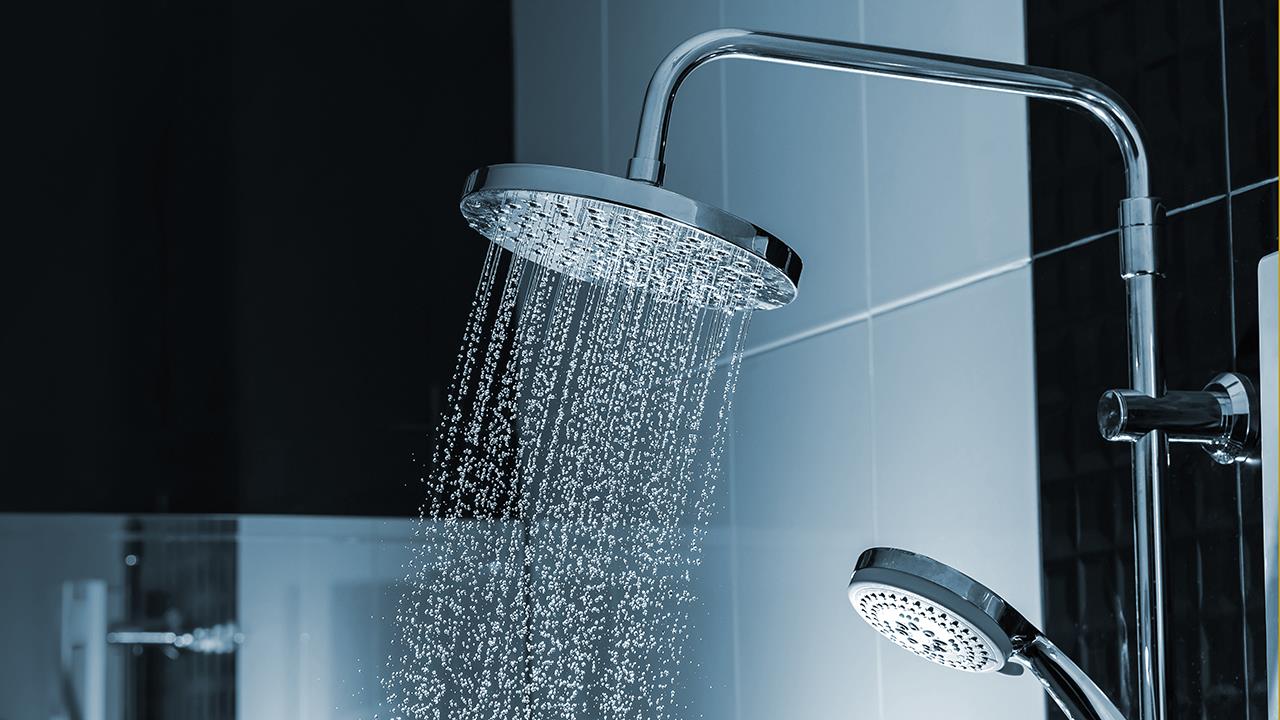

It is well recognised that thermostatic shower valves have significantly helped in the reduction of injuries resulting from scalding, slips, and falls due to thermal shock.
Building Regulations Approved Document G includes requirements for the protection of bathers from scalding, as bathing is a full body immersion activity. Showering however was not included in these requirements as it is not considered full body immersion.
I believe that users who are infirm, with possible accessibility issues that use ‘assisted living’ solutions could still be at risk of scalding, depending on the choice of thermostatic shower valve being used. These ‘assisted living’ solutions include the many showering arrangements offered today (seated or otherwise).
There is a widely held belief that shower valves which meet performance criteria BS EN 1111 (for HP) or 1287 (for LP) facilitate a limit to the maximum water temperature delivered by the shower to a reasonably safe level of circa 46-48°C, like that of Part G. This is not however a requirement of these performance standards and, as a consequence, it is worth knowing that some thermostatic products are capable of readily delivering the full hot water supply temperature (recommended max 65°C).
This situation could occur when the valve's temperature control knob is turned beyond the ‘override stop’. Users having physical or mental limitations would not necessarily be able to react quickly enough if such high temperature was inadvertently selected and injury would inevitably follow.
I would therefore suggest to specifiers and installers who take responsibility for the choice of shower valves fitted, that they check with the manufacturer that the chosen valve does indeed limit or allow the setting of a safe maximum delivery temperature. It’s in both the installer's and customer's best interest.
If you'd like to keep up-to-date with the latest developments in the heating and plumbing industry, why not subscribe to our weekly newsletters? Just click the button below and you can ensure all the latest industry news and new product information lands in your inbox every week.